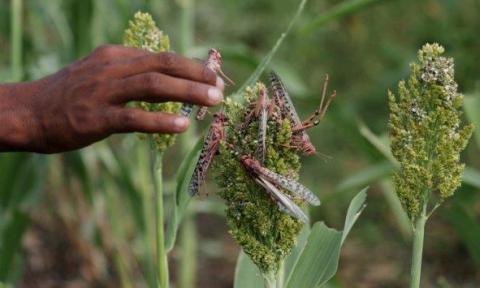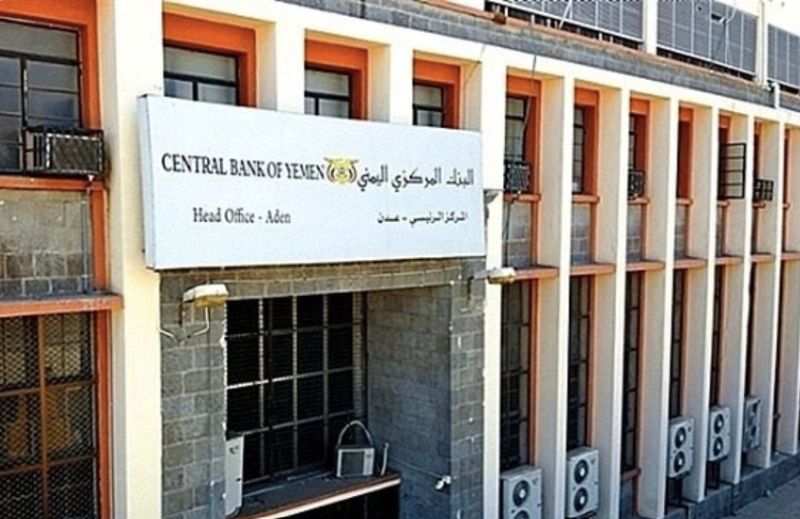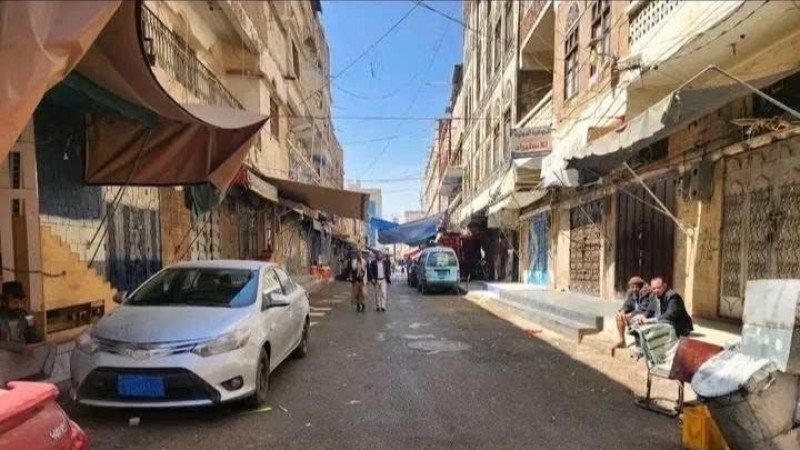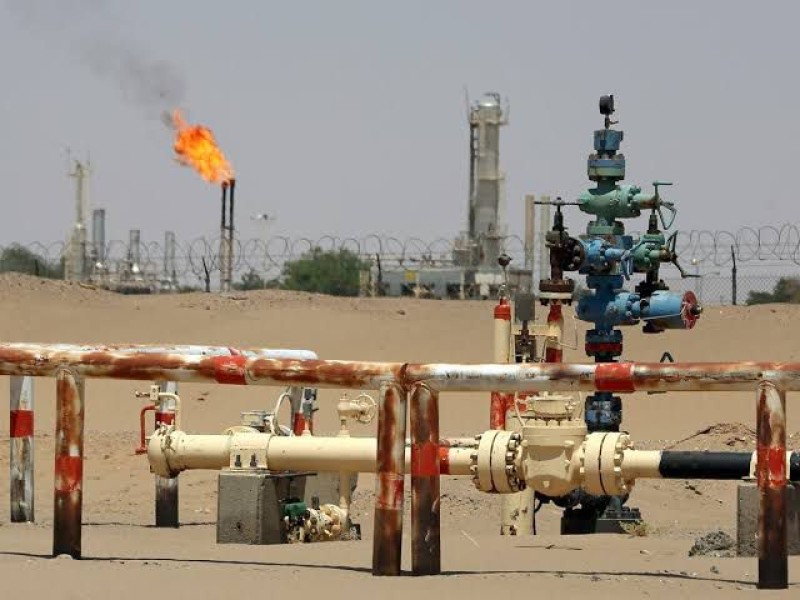IOM Yemen Annual Report 2019


The situation in Yemen remained the world’s worst humanitarian crisis throughout 2019. Political talks and global attention on the crisis, although of great importance, had little effect on the ground as immense suffering persisted across the country.
Five years of conflict has taken an immense toll on the people of Yemen — over 100,000 people have lost their lives and millions displaced since the start of the conflict. Compounding the human suffering, Yemen’s already underdeveloped economy has been severely impacted by the crisis.
Families throughout the country no longer have a steady income and the effects go beyond the individual level, with public institutions crumbling.
As the UN Migration Organization, the International Organization for Migration (IOM) provides support to people affected by displacement – those displaced within Yemen and the communities hosting them -- as well as migrants.
In 2019 alone, over 410,000 people were forced to leave their homes, while nearly 138,000 migrants entered the country, predominantly from Ethiopia, mostly intending to travel to the Kingdom of Saudi Arabia.
The Eastern Corridor migration route is one of the youngest in the world and is fraught with dangers including exploitation, abuse, trafficking and arbitrary detention.
This is without mentioning the possibilities of becoming caught up in the conflict. Even with the incredible risks associated with the journey, the Eastern Corridor recorded 28,000 more migrant crossings than the three Mediterranean Sea Routes combined in the past year.
Over the past 25 years, IOM has been supporting communities in need in Yemen. Our work in the country started with helping stranded migrants return home, and later expanded to other areas of humanitarian aid and resilience building.
In 2019, we helped over 4 million people meet their basic needs through health care, water, sanitation and hygiene support, displacement camp management, shelter provision and protection support for vulnerable groups, including displaced people and migrants, while also supporting communities recover from conflict. Through community-led initiatives, IOM improves infrastructure in more stable governorates and districts, for example by rebuilding schools, hospitals and water points, and laying the foundation for social and economic development.
To reach more vulnerable communities as needs continue to grow, IOM has enhanced and scaled up its humanitarian response over 2019. We have a nearly 1,000-person strong team (over 95% national) across Yemen’s 22 governorates, with effective, transparent systems in place to ensure help gets to those most in need. IOM Yemen has offices in Sana’a, Aden and Al Hudaydah, and this year, we were the first UN or international organization to establish a permanent presence in Marib, a governorate which hosts over hundreds of thousands of displaced people. Our teams are also setting up a humanitarian hub to facilitate other humanitarian organizations’ presence in Marib. What sets us apart from the rest of UN family is that IOM implements directly. This gives us unique insights into what is happening on the ground and ensures that our assistance gets to where it is needed most. We rely on implementing partners as little as possible, choosing to work with them in certain circumstances to help build local response capacity and resilience to future crises.
As needs remain high, the IOM Yemen team in 2020 is committed to continuing provision of flexible humanitarian support to meet urgent needs and improve the lives of vulnerable people in Yemen.
Relief Web

Aden — The United States Ambassador to Yemen underscored the critical importance of safeguarding the independence of the Central Bank of Yeme…

Sana’a – A new international report has confirmed that Houthi militias continue to escalate economic measures against the commercial se…

Aden — For three decades prior to the outbreak of war, Yemen’s oil and natural gas sector played a decisive role in shaping the country…